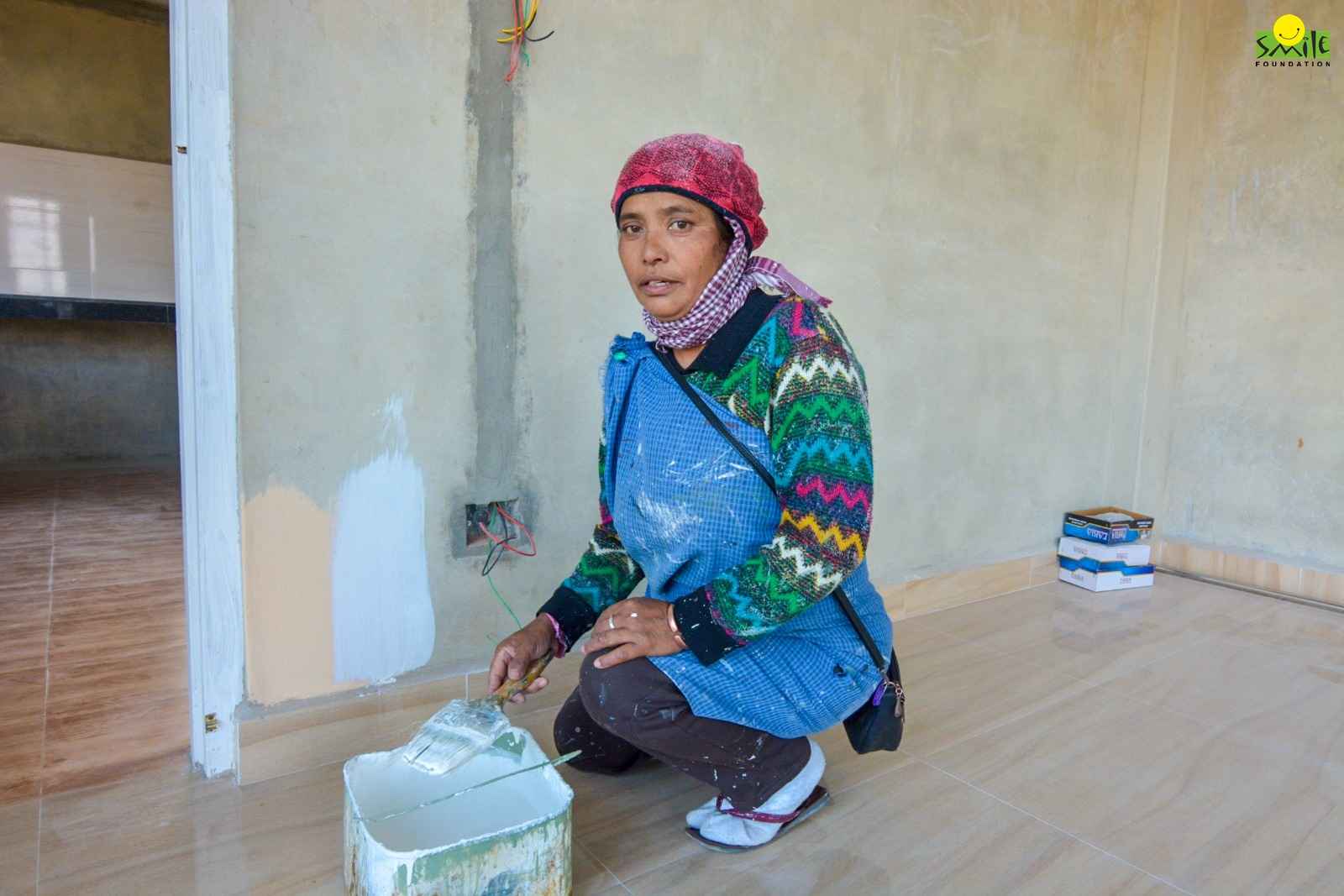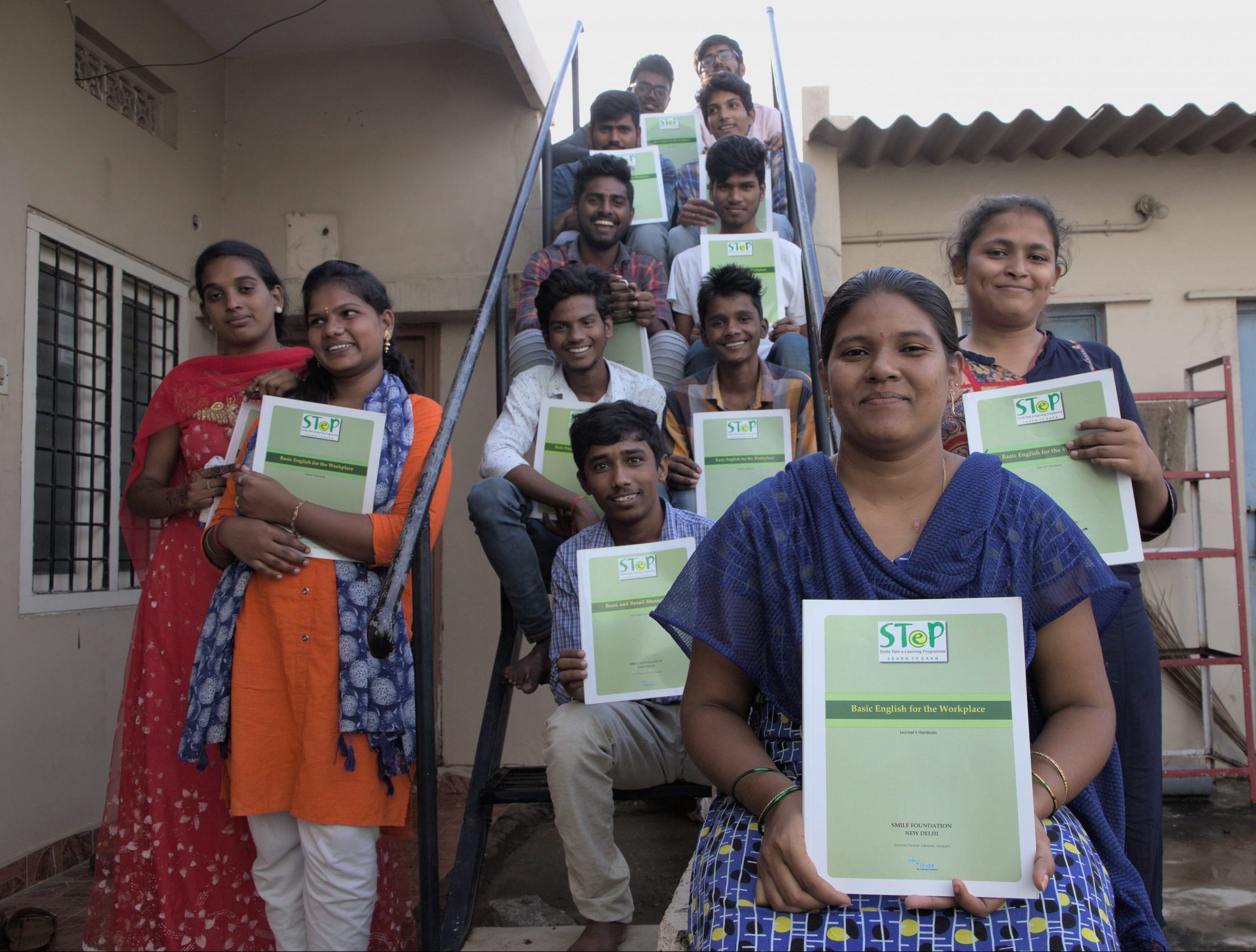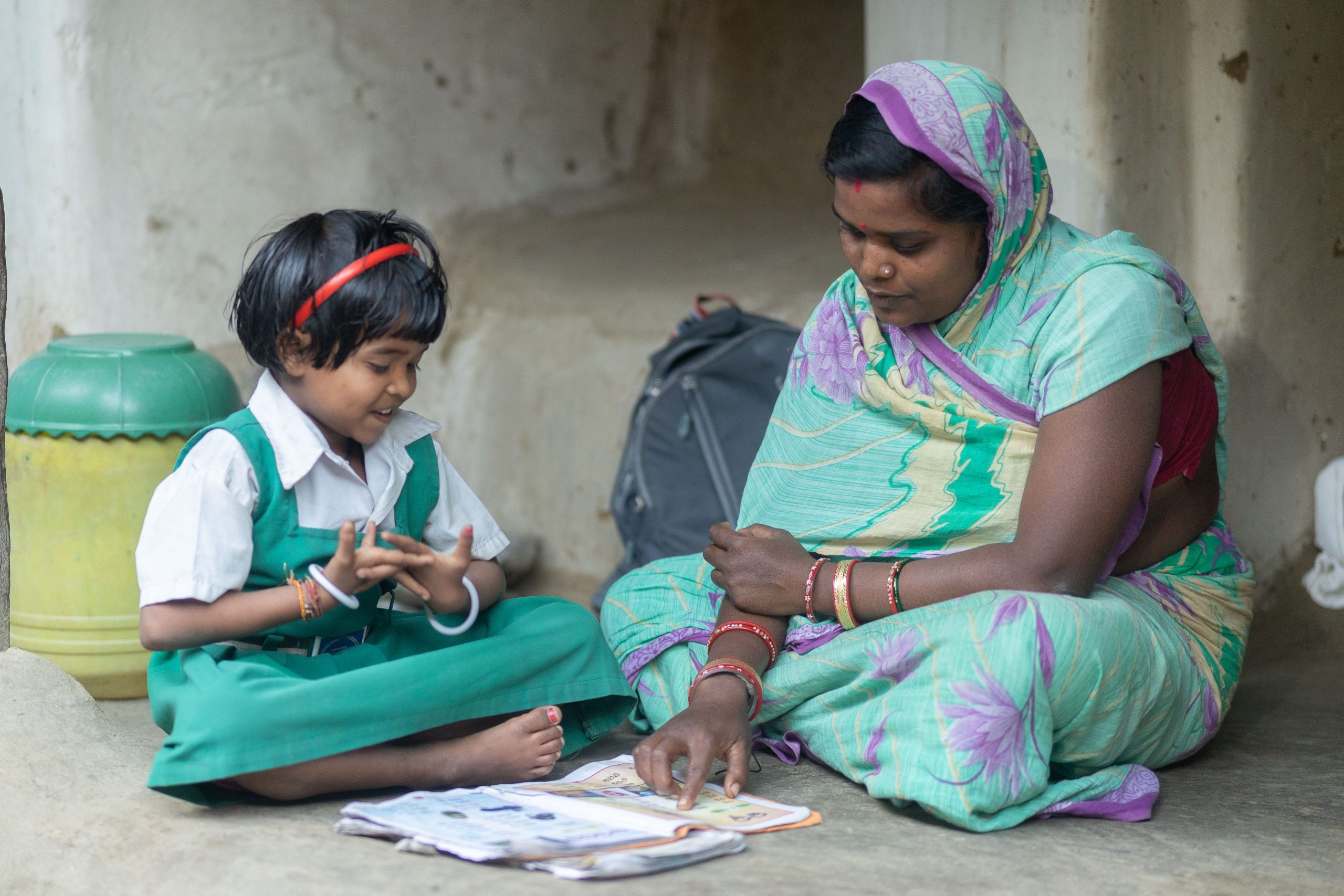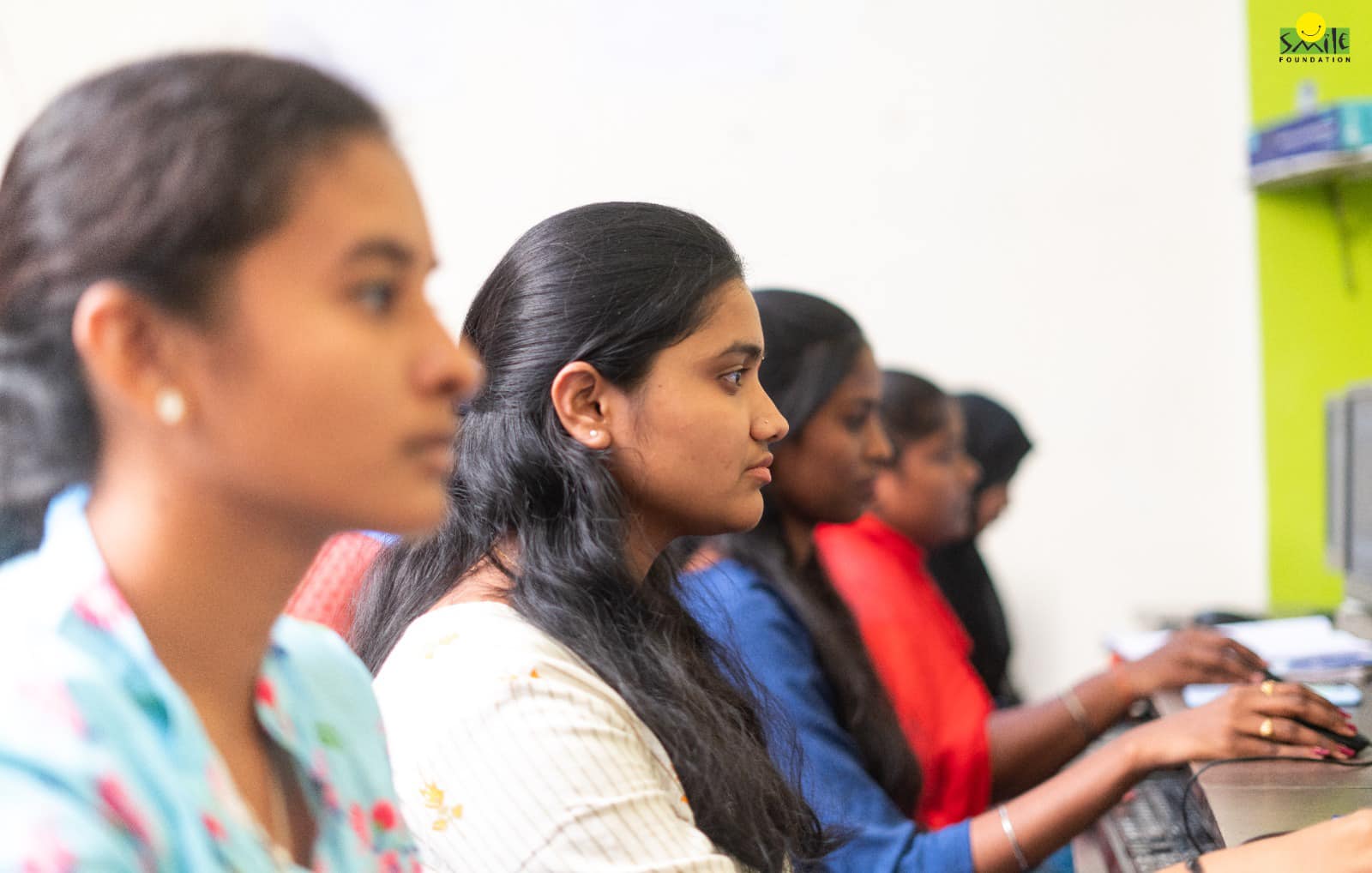The World Bank, in a 2017 report, warned of a learning crisis across the world. In India, the report said, half the children in grade 5 could not read a text meant for Grade 2 children. The report, among other things, highlighted that teachers lacked necessary skills and motivation. Adding to the World Bank report was the 2018 Annual Status of Education Report (ASER), which said that as a consequence, the gross enrolment ratio drops from 95 per cent for Grades 1-5 to 79 per cent for Grades 9-10.
The New Education Policy (NEP) 2019 too stresses on the vital role played by a teacher in the education process of children and calls for improved training institutions, proper facilities to teachers and appropriate student teacher ratio in the classrooms. The policy notes that, “In addition to access, a major quality related deficiency in the existing early childhood learning programme in the country is the lack of trained and qualified teachers.”
It is clear that the quality of education does not just span curriculum and infrastructure but depends highly upon the quality of teachers as well.

One of the most brilliant minds of the 21st century and a beloved teacher, our former President Dr APJ Abdul Kalam has said that “…there is no other profession in the world that is more important to society than that of a teacher”. Teachers are the first contact point for children in the formal education process and their importance in the cognitive, mental and physical development of a child cannot be undermined. Besides delivering lessons and imparting knowledge to the children, teachers play a multi-faceted role by setting the tone of their classrooms, building a warm environment, mentoring and nurturing students, becoming role models, and listening and looking for signs of trouble.
Integration of technology into teaching-learning, which has been highly accelerated due to the ongoing pandemic, is also a great way of enabling the teachers to transform the classroom into a dynamic and engaging space for the children. Rather than seeing digital education, or learning from the internet, as a replacement of the teacher student relationship, technology should be used to build upon that bond and add value to the traditional pedagogical system. At the same time, technology can help in automating some of the routine processes for the efficient management of the classes so that teachers can focus only on teaching.

Another issue is shortage of trained and passionate teachers. According to government data, the country lacks teachers to the extent of 10 lakh vacancies in government-run schools. Rural area schools suffer the most from the lack of teachers with many schools running with only one teacher teaching all grades. There is a pressing need to address the issue of teacher shortage by recruiting a cadre of qualified teachers.
Education holds the key to skilling, employability, and, in turn, contribution to realisation of faster growth of GDP, but without the right kind of teacher training, India’s learning levels cannot improve. Teacher’s training has by far been one of the most neglected components in education. But the next step after achieving accessibility of education is to achieve quality – and that is not possible without enabling and empowering our teachers.
To know more about Smile Foundation’s education programme visit https://www.smilefoundationindia.org/education.html









